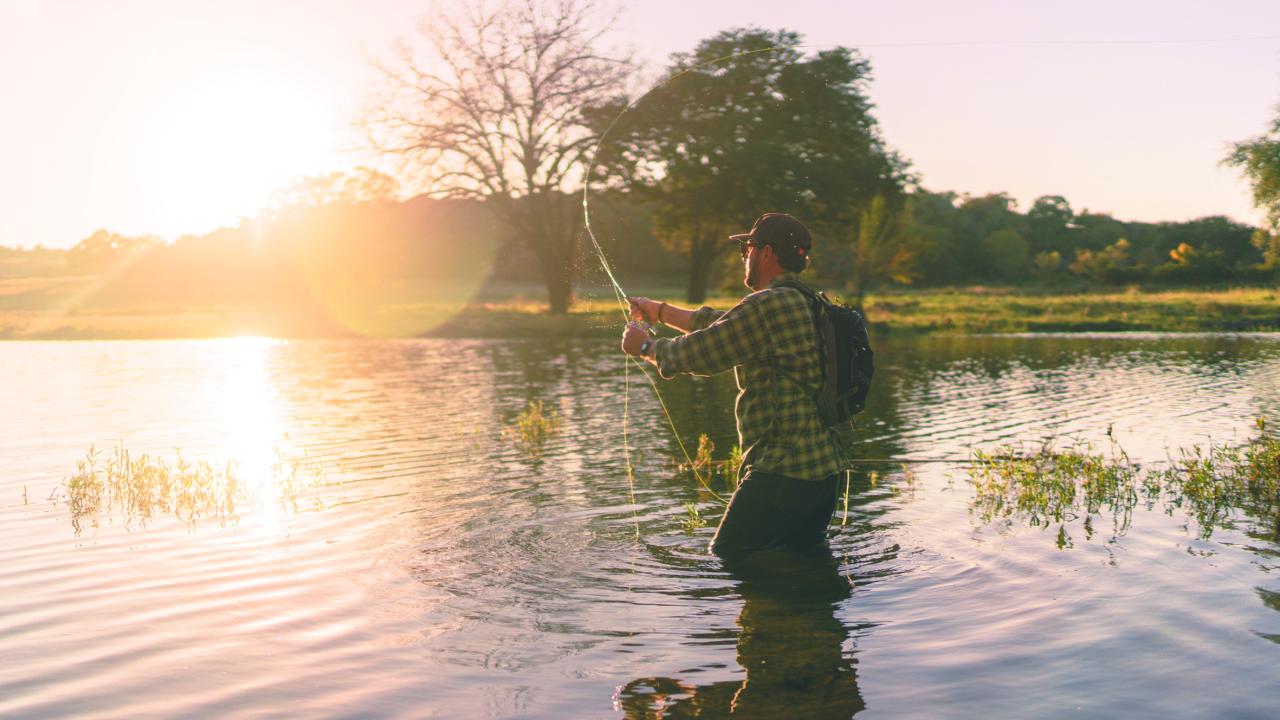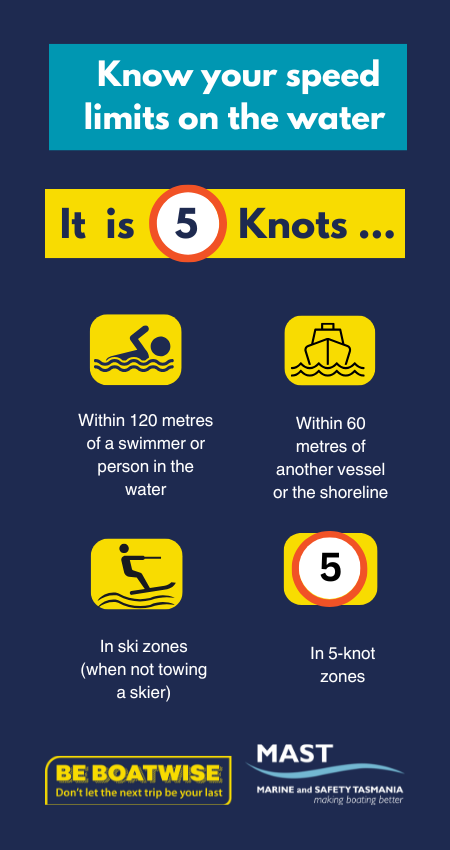Classic gamefish catches

THE St Helens Gamefishing Club held its popular Gamefishing Classic over the March long weekend, and the fishing was fantastic. Numerous triple hook-ups on Striped Marlin were reported by many boats, and the weather held up, allowing all the crews to enjoy two full days of competition fishing.
On both Saturday and Sunday, fish were tagged, released, and weighed in, which was a huge boost to the weekend, with spectators coming out to catch up on all the action. The best fish was caught by Antony Suttil and his dad, Danni. After landing his first Striped Marlin, weighing 83 kg, on Friday, Antony managed to tease up, catch, and land a great fish, which won him the heaviest gamefish overall. This fish is also a pending club record at 138 kg uncleaned, and if approved, it will knock off dad Danni's Striped Marlin record, which he's held for the past 28 years.
Congratulations also to Vanessa Barnes, who, after battling a Striped Marlin for well over two hours, now has a pending Tasmanian female record. There has never been a record claimed by a female angler on a Striped Marlin in Tasmania, and if all tests are good, this will be the first ever. Vanessa's Marlin weighed 87.6 kg and was caught using 24 kg tackle with a Meridian Demon skirted lure.
Major results from the St Helens Gamefishing Classic:
• Heaviest Gamefish Overall – Antony Suttil – Striped Marlin, 123.4 kg (cleaned)
• Heaviest Gamefish Runner-up – Paul Digney – Striped Marlin, 78 kg
• Heaviest Broadbill Overall – Sam Lucas – 132.8 kg
• Heaviest Shark Overall – Pacee Clarke – 116.2 kg
• Highest Point Score Male – Sam Lucas
• Highest Point Score Junior Male – Pacee Clarke
• Tag and Release Team – Makajax II
Fishing has definitely improved as temperatures have dropped, and although a week late, reports surfaced last week from St Helens of two Yellowfin Tuna caught—bucket-list fish for many game anglers in Tasmania.
The Southern Gamefishing Club of Tasmania will host the popular East Coast Classic this weekend off Southport, and with some great fish around, the competition should attract a good number of anglers.
DURING the first week of March, the Inland Fisheries Service conducted a final survey in Lake Sorell to confirm the functional eradication of carp. The term "functional eradication" means that the IFS was checking to see if any remaining carp in the lake were unable to breed. The survey aimed to catch any young or juvenile carp, which would indicate whether any recent spawning had occurred.
Sixty-six fyke nets were set around the lake near weed beds and structured areas where small carp are likely to hide. Backpack electro-fishing was also conducted at 20 locations around the lake for 13 to 20 minutes per site. In total, 6,128 fyke net hours and 335 electro-fishing minutes were recorded, resulting in the capture of numerous shortfin eels, golden galaxiids, freshwater shrimp, and some well-conditioned adult and juvenile brown trout.
This is the third consecutive year that juvenile carp surveys have been conducted without detecting any small carp since the last adult carp was caught in November 2022—despite ideal environmental conditions for carp spawning in spring 2022, 2023, and 2024. The last major spawning event occurred in spring 2009, with a very small spawning event back in 2013.
The results of this survey confirm that Lake Sorell remains "functionally eradicated" of carp, and they are also gone from Lake Crescent. With the trout population rebounding quickly in Lake Sorell, the lake is set to be a standout water during the 2025/26 season, and we can expect more trophy fish to be caught from Lake Crescent in the coming seasons as well.


THERE IS an old saying in fishing: "If you're not getting snagged every now and then, you're not fishing in the right spots." As frustrating as it is, especially with a brand-new expensive lure, snags are just a part of fishing. Every angler has felt the pull on their line, only to realize that the "bite" was just a snag. But don’t stress—there are ways to get your lures back.
Yes, we must understand that the areas holding the most fish are typically the same areas where you’re most likely to get snagged—weed beds, brush piles, submerged trees, and rock-filled runs. Certain lures are more prone to snagging than others. For example, deep-diving lures used around a weed bed or a surface lure fished in water with weeds on the surface put you at risk of snagging more often.
To reduce the odds of snags, choose a lure that suits the water conditions you're fishing in. Fine-tuning your casting accuracy helps, but even that won’t always keep you from getting snagged, so you’ll need to know how to recover your lure when it happens.
When retrieving diving lures or soft plastics, anglers tend to overreact at the first sign of a snag, often making matters worse by driving the hooks deeper. Instead, stop reeling immediately and make gentle attempts to dislodge the hooks.
It’s useful to know the type of snag you’re caught on to take the best approach to free your lure. For example, if snagged among weeds, it’s often just a test of your line and knot strength. A few quick rod snaps or a slow pullback will usually free the lure. If this doesn’t work, try the “bowstring” technique—reel up the slack, grab the line between the reel and the first rod guide, pull it slightly tight, and let it snap back. This often frees a snagged lure.
If that fails and you’re in a boat, try backing up behind the snag. Since the forward motion of the lure caused the snag, reversing or changing angles can help free it. If you're snagged in shallow water, move directly over the top of the lure and wind down until you feel it against the rod tip—then carefully push it away, which often releases it. If that still doesn’t work, use the bowstring technique, but be mindful of your boat’s position relative to water flow to avoid breaking your rod.
If you accidentally throw a lure into the trees, quickly tighten the line and flick the rod before the lure and hooks set into something solid—most of the time, it’ll come free.
Snags are just part of fishing, but using these tips can help save you some stress and money.
Tip of the Week:
AUTUMN fishing can be fantastic, so make the most of the time before it gets colder. Don't be afraid to upsize your baits and lures—fish won’t be as fussy as water temperatures drop, and they’ll be looking to fatten up before food sources become scarce.
Send in your fishing reports, pics, and tips to valleyfishes@gmail.com and keep track of the derwentvalleygazette.com.au
Tight lines until next week!



Add new comment